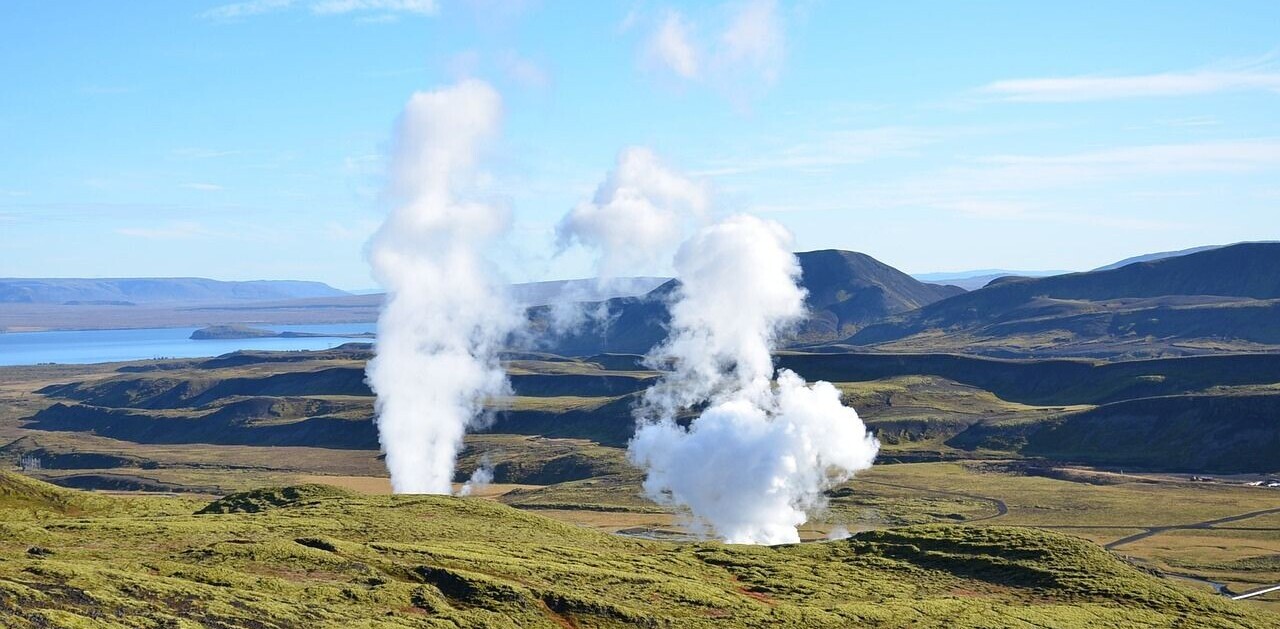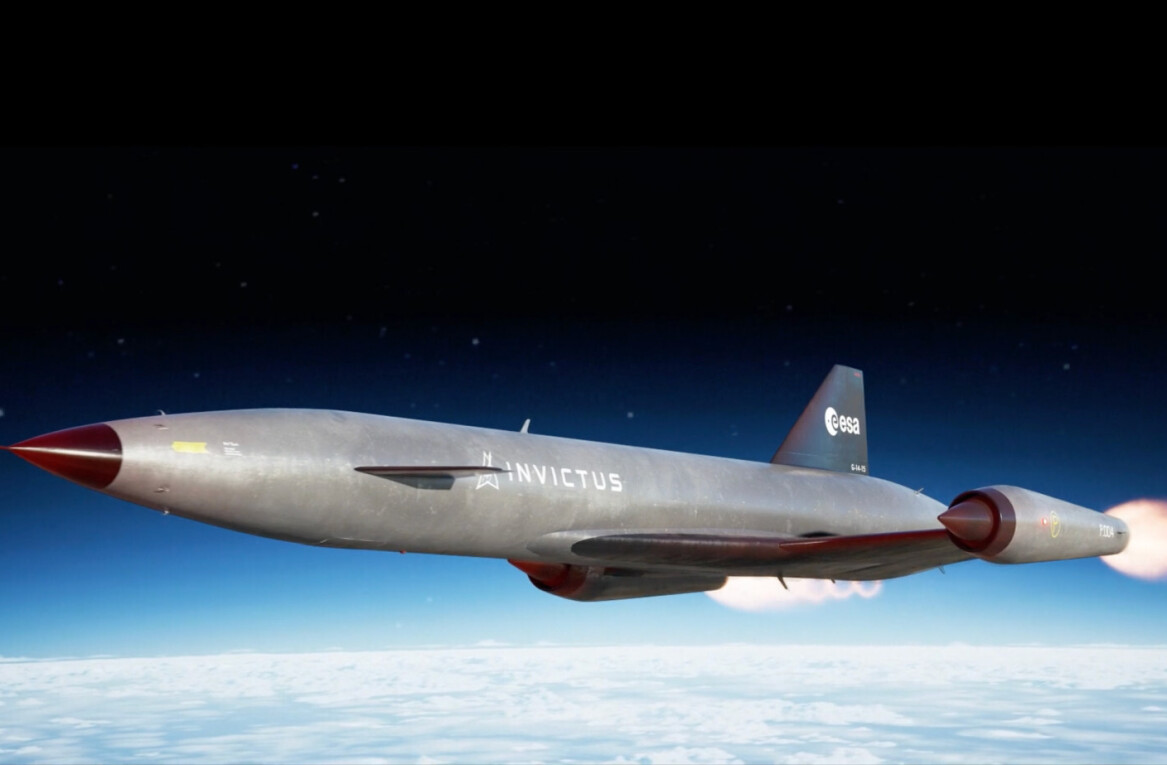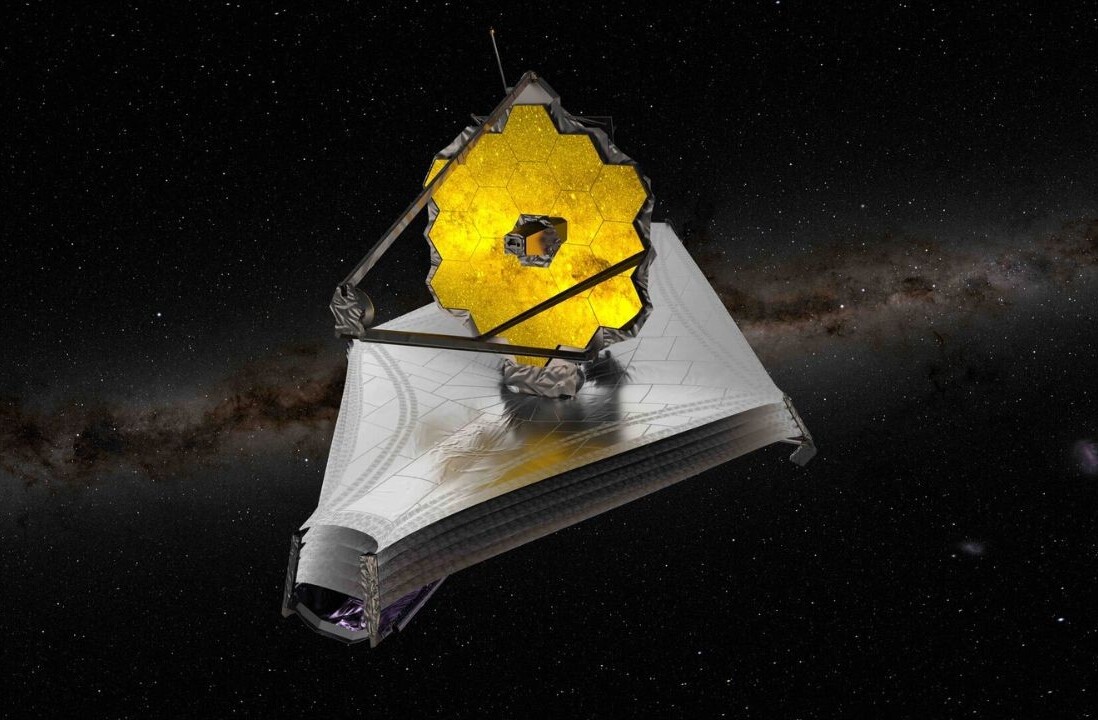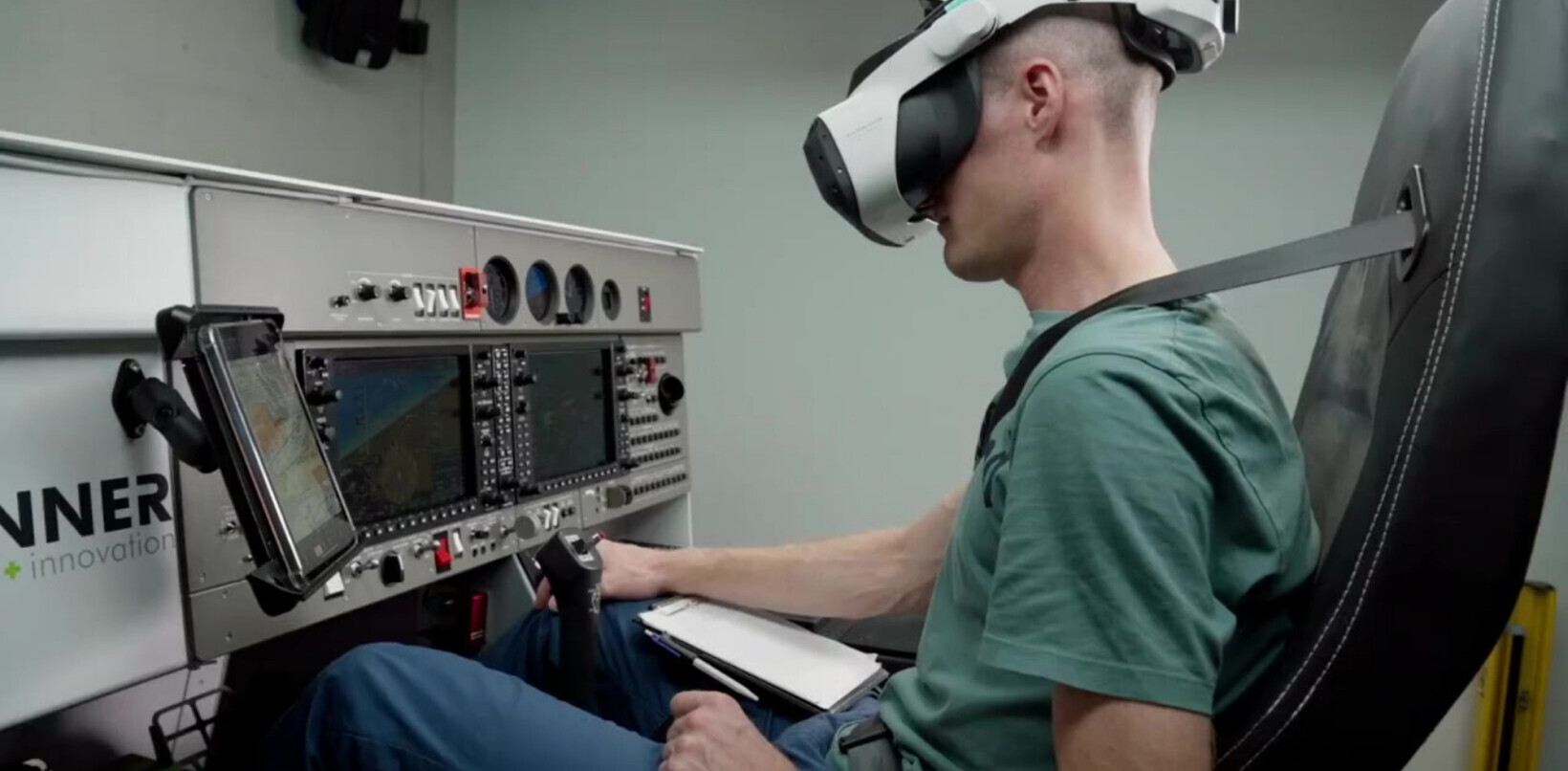
Days before a total solar eclipse sweeps across North America, scientists in Europe have revealed another plan to block out the sun.
The audacious project — called Proba-3 — will align two spacecraft to produce artificial eclipses. By creating this complicated calibration, the mission will capture new views of the Sun — and complete the first-ever precision formation space flight.
At an event today in Belgium, the European Space Agency (ESA) unveiled the Proba-3 satellites: the Occulter and the Coronagraph.
Proba-3’s flightpath
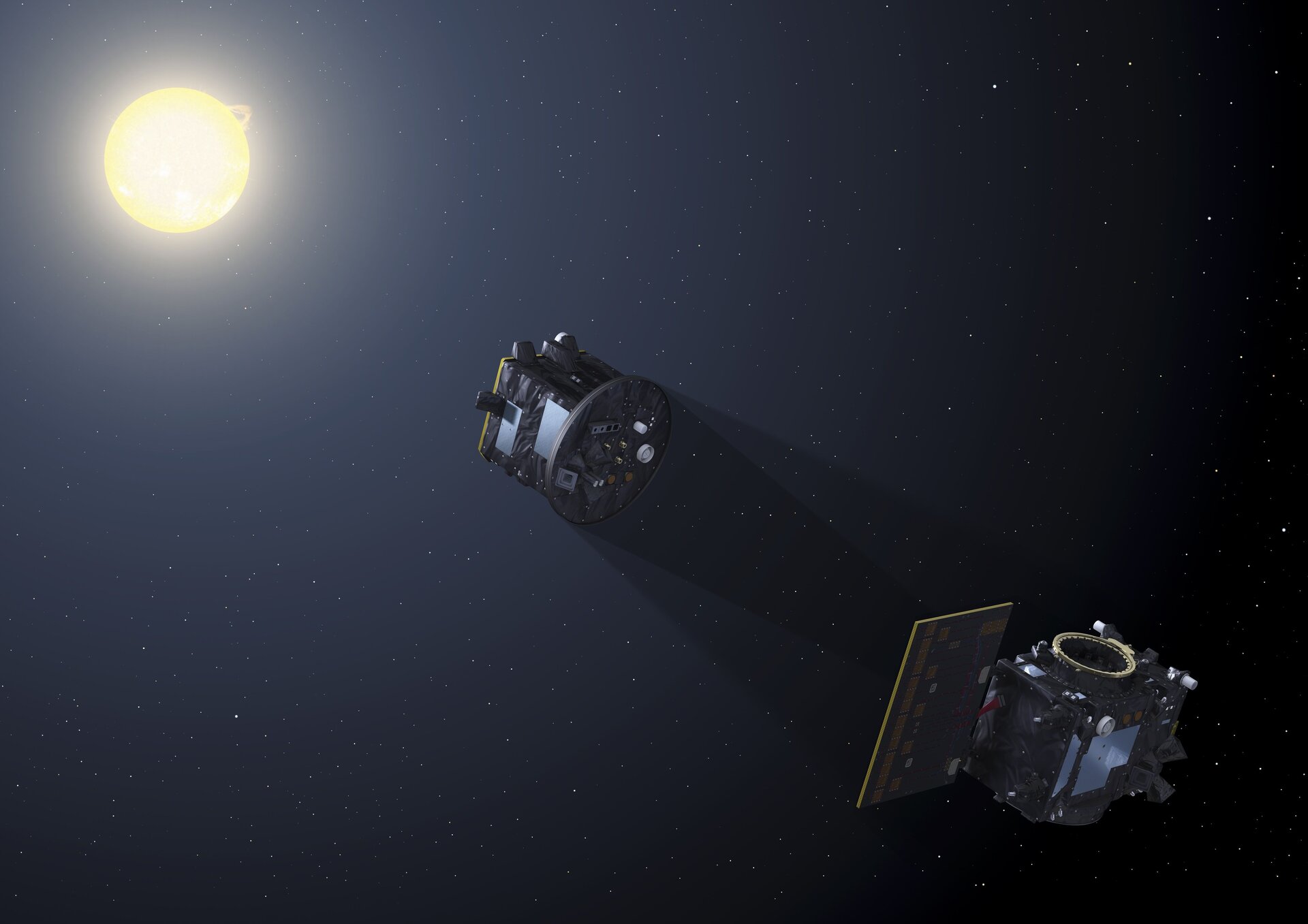
Under ESA’s plan, the Occulter will fly around 150m from the Coronograph. Once the pair are in their precise positions, the Occulter will cast a shadow onto the Coronagraph face, which will mask the Sun to reveal the corona.
A similar experiment was conducted back in 1975, when astronauts from the US and Soviet Union teamed up to create an artificial eclipse. But Proba-3 aims to achieve the feat routinely.
If all goes to plan, the €200mn mission will deliver solar eclipses on demand. As a result, the elusive solar corona will finally be visible for sustained study.
Solar eclipses by request
To produce solar eclipses, Proba-3 will rely on precision formation flying, which autonomously coordinates the movements of multiple spacecraft.
Together, the satellites will create a single science instrument that’s 150 metres long.
“It will demonstrate various types of formation flying configurations and it will experiment with in-orbit rendezvous techniques,” Dietmar Pilz, ESA’s Director of Technology, Engineering and Quality, said at a Tuesday press conference. “Once proven, formation flying will be an enabler for future missions”
ESA has grand ambitions for the new technology. The agency envisions formations of space telescopes observing cosmic targets at extraordinary resolutions. Proba-3 will also showcase tech for “in-orbit servicing” and “removal of derelict satellites,” Pilz said.
The next step to those goals is final pre-flight testing. Once that’s completed, the countdown to takeoff can commence. The mission is tentatively slated to launch from India in September 2024.
Get the TNW newsletter
Get the most important tech news in your inbox each week.

